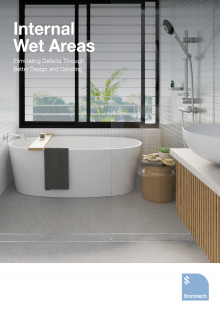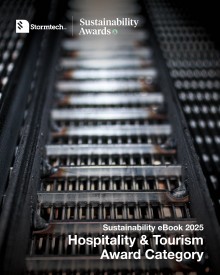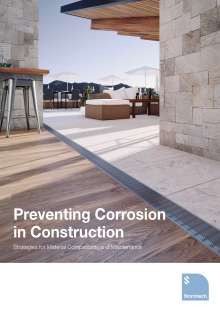
Drainage maintains a simple albeit vital function: to ensure water, once used, can be efficiently, safely and effectively removed from the property. Yet despite the fundamental importance of drainage to essential building functions, often the specification and selection of drainage systems is left too late into the construction process, or overlooked entirely. Here are some Expert Tips for Selecting the Right Drainage for Your Building Project
1. Unique Design Concerns: Traditional vs. Linear
One of the most important decisions when considering bathroom drainage fit-out is how it will be incorporated into an existing room layout.
Traditional bathroom setups are designed with a single, fixed- positioned, primary drainage trap, which typically houses the central floor waste outlet (or overflow gully) for the entire bathroom. It is from this centralised drainage point that all other waste outlets from the bathroom’s fixtures (showers, basins, bathtubs etc.) are connected, forming the bathroom’s interconnected pipe system. Yet an increasing number of bathrooms are plumbed with separate traps for each fixture, allowing for a more flexibility in your drainage system layout (most suitable for lineal systems).
While traditional floor waste systems require 4-way grading of floors, and a separate hob to contain water flow, linear grates can be located anywhere within the bathroom/shower area, requiring a simple 2-way floor grading towards the channel.
2. Waterproofing Requirements
Recent changes to the Australian Standards to AS-3740 (‘Waterproofing of wet areas within residential buildings’) introduced in 2010, means builders and designers must abide by strict waterproofing compliance measures to ensure interior spaces are protected from unwanted water incursions.
Your choice of surface material (whether tile,timber,stone or vinyl) will significantly impact your waterproofing requirements and requisite application of water-resistant membranes. Likewise, your building substrate material (whether wood or concrete) will ultimately determine the type of water stop required for full BCA compliance.
For specific waterproofing guidelines, please refer to AS- 3740.
3. Exposure to the Elements
Seldom considered for interior surfaces, properties located in areas exposed to high airborne salinity (e.g. near breaking surf beaches) require extra precautions to protect drainage systems from corrosion.
Electro polishing offers one of the most effective means to protect grates from harsh or corrosive environments, passivating rust-sensitive iron concentrations in stainless steel grates most prone to oxidation.
Stormtech has been at the forefront of drainage innovations for home and commercial building industries for over a quarter of a century.
Boasting an unrivaled depth of experience with linear drainage solutions, Stormtech welcomes questions about product selection and compliance, and can advise prospective clients objectively on the most suitable drainage product for your building project. As one of Australia’s most respected drainage manufacturers and suppliers, Stormtech is committed to delivering the highest quality drainage solutions for today’s drainage projects.







